<--- Back to Details
| First Page | Document Content | |
|---|---|---|
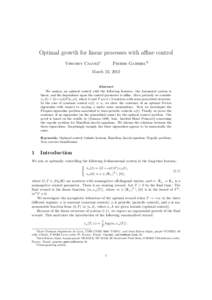 Date: 2012-03-22 11:09:27Algebra Mathematics Matrix theory PerronFrobenius theorem Eigenvalues and eigenvectors Constructible universe Dynamical system HamiltonJacobi equation Differential forms on a Riemann surface |
Add to Reading List |
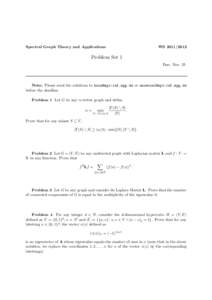 | Spectral Graph Theory and Applications WSProblem Set 1 Due: Nov. 25DocID: 1rsKM - View Document |
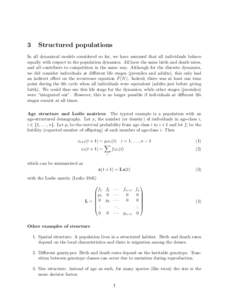 | 3 Structured populations In all dynamical models considered so far, we have assumed that all individuals behave equally with respect to the population dynamics. All have the same birth and death rates,DocID: 1rcBW - View Document |
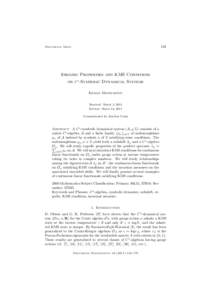 | 133 Documenta Math. Ergodic Properties and KMS Conditions on C ∗ -Symbolic Dynamical SystemsDocID: 1rbBe - View Document |
 | Optimal growth for linear processes with affine control Vincent Calvez∗ Pierre Gabriel†‡ March 22, 2012DocID: 1qPkU - View Document |
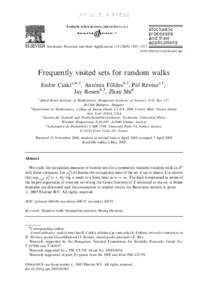 | ARTICLE IN PRESS Stochastic Processes and their Applications–1517 www.elsevier.com/locate/spa Frequently visited sets for random walksDocID: 1qIDH - View Document |
 Optimal growth for linear processes with affine control Vincent Calvez∗ Pierre Gabriel†‡ March 22, 2012
Optimal growth for linear processes with affine control Vincent Calvez∗ Pierre Gabriel†‡ March 22, 2012